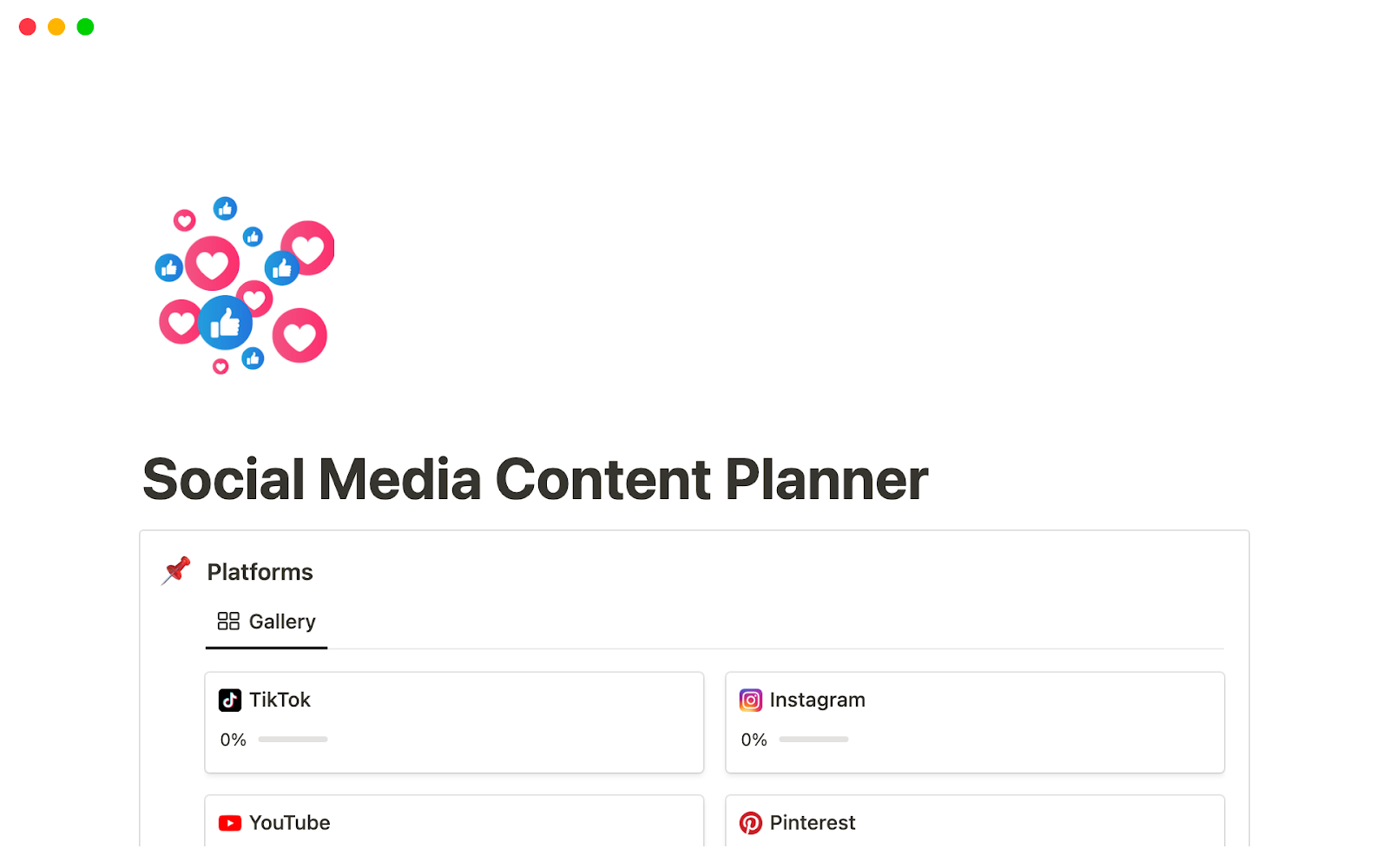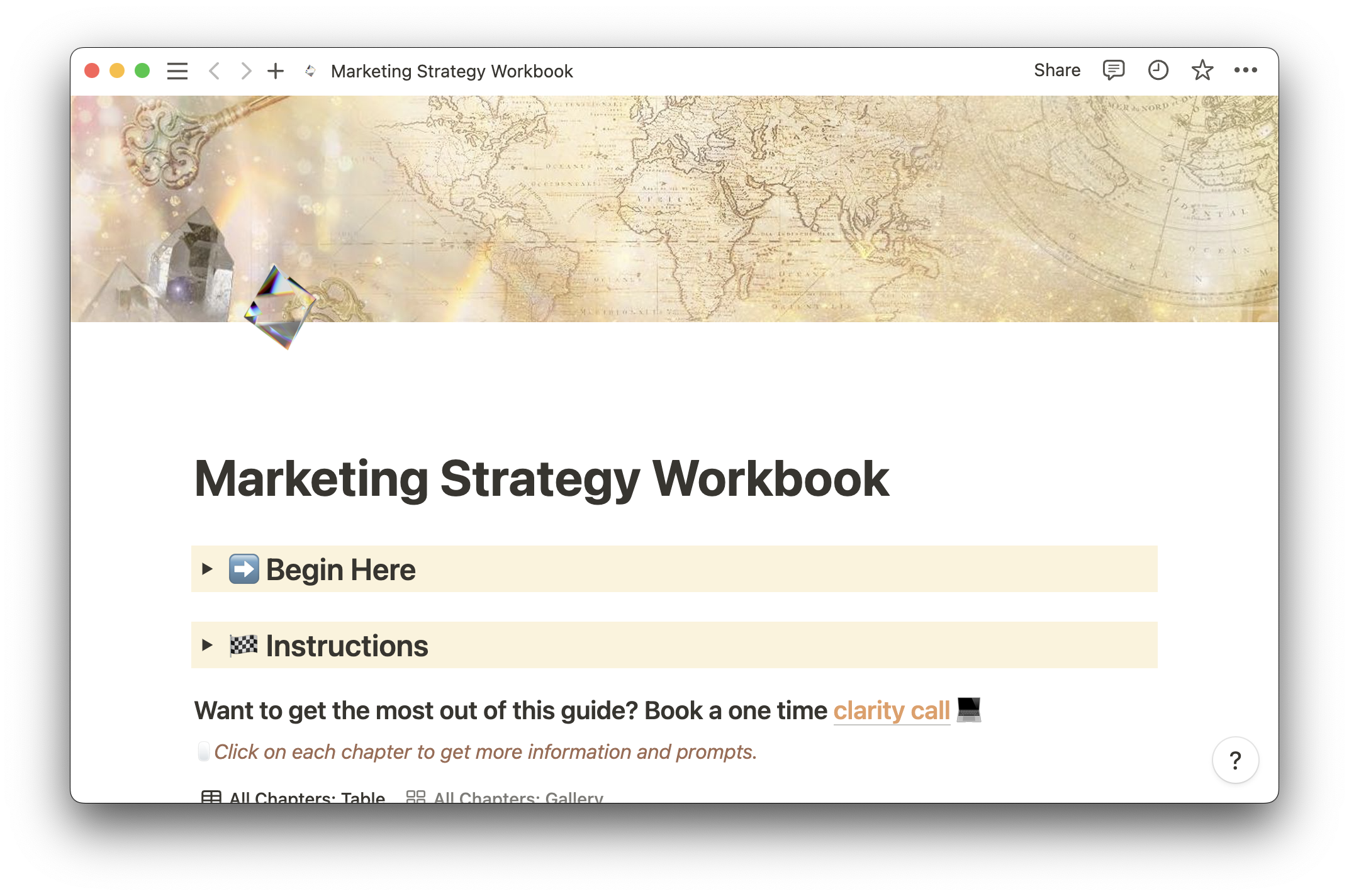Strategic branding isn't just about aesthetics. It's about finding common ground and connecting with your audience.
Shaping your brand around a compelling narrative your target consumers relate to helps encourage loyalty. And having faithful repeat customers drives premium pricing and competitive advantage.
Without a clear brand strategy, businesses risk diluting their market presence and confusing their audience. Ambiguity around what your brand stands for can lead to missed opportunities, lower customer loyalty, and declining market share.
To optimize your branding potential, learn the fundamentals of effective branding and implement the best strategies for your organization.
What’s a brand strategy?
A brand strategy is a comprehensive plan to create and reflect a company’s identity and values while consistently resonating with its target audience.
A thorough brand strategy typically includes:
Ensuring all social media posts align with a brand’s voice and tone
Engaging in customer service interactions that reflect a brand's values
Updating visual assets so they adhere to brand guidelines

The power of strategic branding
The right brand strategy can transform the simplest products into household names.
Consider Liquid Death, a company founded in 2019 that’s valued at over $700 million. They elevated water — arguably the world's most basic product — using brilliant branding techniques.
The company’s brand strategy used punk-rock aesthetics, attention-grabbing advertisements, and a mission-driven approach — focusing on sustainability and eco-friendly cans — to stand out in a saturated market.
The way Liquid Death created its identity and narrative is a great example of how successful branding goes beyond logo designs and catchy taglines. They strategically crafted a public image that deeply resonates with their target audience.
Branding essentials: Core strategies for better outcomes
The nuances of branding vary based on factors like industry trends and evolving consumer needs. But certain critical elements remain consistent across all successful brand marketing strategies.
Brand purpose
This is the driving force behind your business, going beyond making a profit. It involves your company’s reason for existing and mission in the marketplace.
For instance, Patagonia sells outdoor apparel and equipment, and their brand purpose revolves around environmental conservation. They weave this purpose into their branding to associate their products with environmentalism, appealing to customers who care about this topic.
Brand values
Your brand’s values dictate how you run your business and appeal to your audience. This includes everything from how you source supplies and speak to an inclusive audience to the benefits you offer employees. When you incorporate these values into your branding, you attract customers with similar principles.
Examples of popular brand values include:
Sustainability
Fairtrade
Ethical sourcing
Inclusivity
By clearly defining and consistently upholding your brand values, you connect with the audience more deeply. This connection establishes a foundation of trust that can lead to long-term customer loyalty.
Audience analysis
Tools like website analytics, customer surveys, and social media metrics provide invaluable audience insights. Analyzing this data helps find new ways to build and engage your audience.
For example, a spike in website visits from a particular region may indicate a growing interest there. By further engaging that audience through targeted content or promotions, you can capitalize on the opportunity to broaden your customer base.
Brand positioning
Brand positioning is like an elevator pitch that helps your customers understand who you are and how your products and services offer unique value.
When thinking about brand position, consider your:
Target brand persona
Vision statement
Target market category
Unique value proposition
Promises to consumers
Tools like Notion’s brand strategy template can serve as structured platforms for organizing each essential strategy component.

Consistency
Maintaining consistency across all touchpoints, product design, and customer service builds trust and creates an association of brand reliability.
Some examples of companies with prominent digital marketing strategies are Apple, Coca-Cola, and Nike. Their branding consistency makes them instantly recognizable worldwide.
7 tips for a successful brand strategy
An effective brand-building strategy should address these seven actionable tips.
1. Identify your target audience
Consumers are more likely to purchase from brands offering personalized experiences.
Get to know your audience and their needs, and offer them a catered experience. Communicate directly with them through surveys, feedback sessions, and social media interactions. Then use the insights you gather to draft your messaging every time you launch a new offering.
2. Establish a unique position in the market
To position your brand, identify gaps in the market or pain points unaddressed by competitors. Then craft mission statements and messages that fill these gaps and establish a unique market presence.
In a saturated market, brands like Netflix stand out for uniqueness and attention to customers’ wishes. Netflix offers a personal and customizable service and is constantly ahead of — or setting — industry trends. They prove how breaking the mold and offering something fresh positions a brand as a reliable market authority.
3. Craft a compelling message
Brand messages that appeal to emotions are often the catalyst for consumer action. Take Dove, whose Real Beauty marketing campaign and taglines sought to redefine beauty standards and deeply resonate with their audience. Dove's success underscores the power of genuine storytelling and authentic alignment with social values.
4. Develop an engaging visual identity
Elements like logos, color palettes, and typography play pivotal roles in brand recall. A style guide ensures uniformity across touchpoints like your website, social media, and packaging. Brand guidelines typically define tone, imagery, and logo usage to ensure brand consistency.
5. Use technology to reach audience personas
Platforms like HubSpot for inbound marketing management and Canva for visual content creation have revolutionized brand operations. They simplify tasks, establish consistent workflows, and provide data-driven insights. And by harnessing these tools, you can gather pivotal customer data to create detailed personas and tailor your engagement strategies.
And to optimize social media outreach, try Notion’s social media content planner for a structured approach to planning and execution.

6. Analyze and refine your business strategy regularly
Embrace both internal and external feedback, using this data to refine your brand strategy and respond to market dynamics and audience preferences.
7. Cultivate brand ambassadors from within
Your employees are on the front lines, engaging with your products, services, and customers. Firsthand knowledge and testimonies often make endorsements more persuasive and relatable than traditional advertisements, so tap into your own team when looking for brand advocates. Encourage employees to share personal reviews of your products on their social media accounts and spread word-of-mouth through their networks.
When your team is genuinely passionate about the brand, their enthusiasm resonates with potential customers.
An example of an effective brand strategy
When starting out, Notion grappled with differentiating themselves in a market dominated by heavyweights like Trello and Asana. The company needed to establish a unique identity to gain traction.
In response, Notion built a robust online community where users share templates and insights, nurturing a sense of belonging. Beyond the virtual space, the company held real-world events and workshops, connecting users and encouraging the community to learn more about Notion’s services and offerings.
On the messaging front, Notion honed a value proposition that spotlighted an "all-in-one" team space. This branding was consistent across all marketing endeavors and digital touchpoints, which built a distinct and unified brand identity.
Notion's deliberate branding drove a steady rise in user adoption. Today, Notion has over 30 million global users — many of whom now use Notion’s tools and templates to facilitate their own brand or marketing strategies

Build your brand strategy with Notion
Effective branding requires collaboration and clear communication to create a memorable identity for your business. Notion’s templates, such as the brand strategy template, are the perfect tools for marketers to keep branding efforts aligned and efficient. Take control, stay organized, and drive your brand's narrative by trying Notion today.






